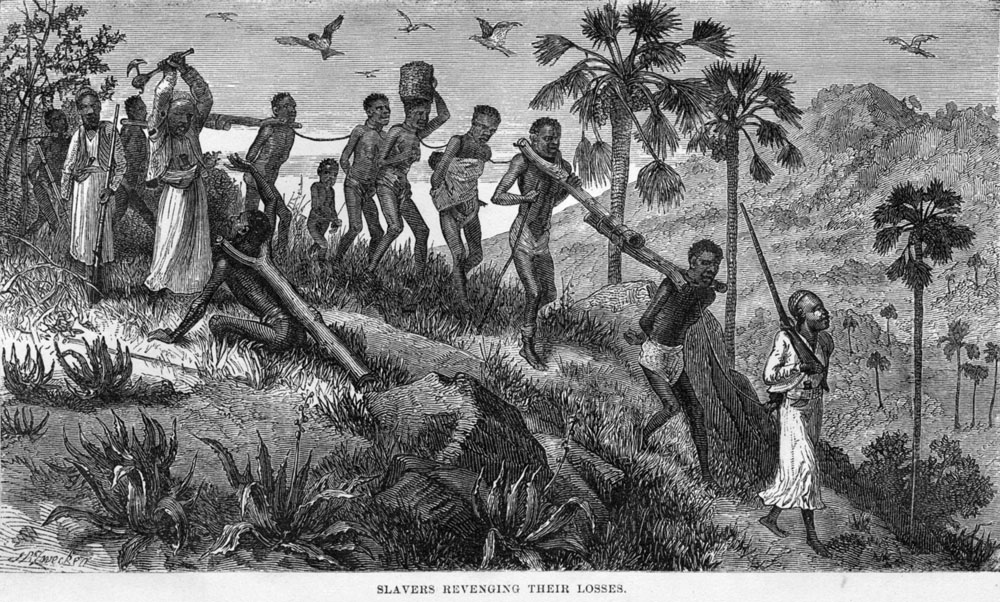|
Walter Hadwen
Walter Robert Hadwen (3 August 1854 – 27 December 1932) was an English general practitioner, pharmaceutical chemist and writer. He was president of the British Union for the Abolition of Vivisection (BUAV) and an anti-vaccination campaigner, known for his denial of the germ theory of disease. Biography Walter Robert Hadwen was born in Woolwich on 3 August 1854. He began his career as a pharmacist in Highbridge, Somerset, then subsequently trained as a doctor at Bristol University. After qualifying, he moved to Gloucester in 1896. Hadwen was recruited as a member of the British Union for the Abolition of Vivisection by its founder and then president Frances Power Cobbe who hired a private investigator to assess his credentials (he was a vegetarian and total abstainer, had a reputation as a "firebrand" orator and was held in "high local esteem"). She subsequently selected him as her successor. He later became a member of the Plymouth Brethren and married Alice Harral in 1878 ... [...More Info...] [...Related Items...] OR: [Wikipedia] [Google] [Baidu] |
Woolwich
Woolwich () is a town in South London, southeast London, England, within the Royal Borough of Greenwich. The district's location on the River Thames led to its status as an important naval, military and industrial area; a role that was maintained throughout the 16th to 20th centuries. After several decades of economic hardship and social deprivation, the area now has several large-scale urban renewal projects. Geography Woolwich is situated from Charing Cross. It has a long frontage to the south bank of the River Thames. From the riverside it rises up quickly along the northern slopes of Shooter's Hill towards the common, at and the ancient London–Dover Road, at . The Woolwich (parish), ancient parish of Woolwich, more or less the present-day Wards and electoral divisions of the United Kingdom, wards Woolwich Riverside and Woolwich Common, comprises . This included North Woolwich, which is now part of the London Borough of Newham. The ancient parishes of Plumstead and E ... [...More Info...] [...Related Items...] OR: [Wikipedia] [Google] [Baidu] |
Manslaughter
Manslaughter is a common law legal term for homicide considered by law as less culpable than murder. The distinction between murder and manslaughter is sometimes said to have first been made by the ancient Athenian lawmaker Draco in the 7th century BC. The definition of manslaughter differs among legal jurisdictions. Types Voluntary For voluntary manslaughter, the offender had intent to kill or seriously harm, but acted "in the moment" under circumstances that could cause a reasonable person to become emotionally or mentally disturbed. There are mitigating circumstances that reduce culpability, such as when the defendant kills only with an intent to cause serious bodily harm. Voluntary manslaughter in some jurisdictions is a lesser included offense of murder. The traditional mitigating factor was provocation; however, others have been added in various jurisdictions. The most common type of voluntary manslaughter occurs when a defendant is provoked to commit homicide. This ... [...More Info...] [...Related Items...] OR: [Wikipedia] [Google] [Baidu] |
19th-century Evangelicals
The 19th century began on 1 January 1801 (represented by the Roman numerals MDCCCI), and ended on 31 December 1900 (MCM). It was the 9th century of the 2nd millennium. It was characterized by vast social upheaval. Slavery was Abolitionism, abolished in much of Europe and the Americas. The First Industrial Revolution, though it began in the late 18th century, expanded beyond its British homeland for the first time during the 19th century, particularly remaking the economies and societies of the Low Countries, France, the Rhineland, Northern Italy, and the Northeastern United States. A few decades later, the Second Industrial Revolution led to ever more massive urbanization and much higher levels of productivity, profit, and prosperity, a pattern that continued into the 20th century. The Catholic Church, in response to the growing influence and power of modernism, secularism and materialism, formed the First Vatican Council in the late 19th century to deal with such problems an ... [...More Info...] [...Related Items...] OR: [Wikipedia] [Google] [Baidu] |
19th-century English Medical Doctors
The 19th century began on 1 January 1801 (represented by the Roman numerals MDCCCI), and ended on 31 December 1900 (MCM). It was the 9th century of the 2nd millennium. It was characterized by vast social upheaval. Slavery was abolished in much of Europe and the Americas. The First Industrial Revolution, though it began in the late 18th century, expanded beyond its British homeland for the first time during the 19th century, particularly remaking the economies and societies of the Low Countries, France, the Rhineland, Northern Italy, and the Northeastern United States. A few decades later, the Second Industrial Revolution led to ever more massive urbanization and much higher levels of productivity, profit, and prosperity, a pattern that continued into the 20th century. The Catholic Church, in response to the growing influence and power of modernism, secularism and materialism, formed the First Vatican Council in the late 19th century to deal with such problems and confirm ce ... [...More Info...] [...Related Items...] OR: [Wikipedia] [Google] [Baidu] |
19th-century English Male Writers
The 19th century began on 1 January 1801 (represented by the Roman numerals MDCCCI), and ended on 31 December 1900 (MCM). It was the 9th century of the 2nd millennium. It was characterized by vast social upheaval. Slavery was abolished in much of Europe and the Americas. The First Industrial Revolution, though it began in the late 18th century, expanded beyond its British homeland for the first time during the 19th century, particularly remaking the economies and societies of the Low Countries, France, the Rhineland, Northern Italy, and the Northeastern United States. A few decades later, the Second Industrial Revolution led to ever more massive urbanization and much higher levels of productivity, profit, and prosperity, a pattern that continued into the 20th century. The Catholic Church, in response to the growing influence and power of modernism, secularism and materialism, formed the First Vatican Council in the late 19th century to deal with such problems and confirm ce ... [...More Info...] [...Related Items...] OR: [Wikipedia] [Google] [Baidu] |
1932 Deaths
Events January * January 4 – The British authorities in India arrest and intern Mahatma Gandhi and Vallabhbhai Patel. * January 9 – Sakuradamon Incident (1932), Sakuradamon Incident: Korean nationalist Lee Bong-chang fails in his effort to assassinate Emperor Hirohito of Japan. The Kuomintang's official newspaper runs an editorial expressing regret that the attempt failed, which is used by the Japanese as a pretext to attack Shanghai later in the month. * January 22 – The 1932 Salvadoran peasant uprising begins; it is suppressed by the government of Maximiliano Hernández Martínez. * January 24 – Marshal Pietro Badoglio declares the end of Libyan resistance. * January 26 – British submarine aircraft carrier sinks with the loss of all 60 onboard on exercise in Lyme Bay in the English Channel. * January 28 – January 28 incident: Conflict between Japan and China in Shanghai. * January 31 – Japanese warships arrive in Nanking. February * February 2 ** A general ... [...More Info...] [...Related Items...] OR: [Wikipedia] [Google] [Baidu] |
1854 Births
Events January–March * January 4 – The McDonald Islands are discovered by Captain William McDonald aboard the ''Samarang''. * January 6 – The fictional detective Sherlock Holmes is perhaps born. * January 9 – The Teutonia Männerchor in Pittsburgh is founded to promote German culture. * January 20 – The North Carolina General Assembly in the United States charters the Atlantic and North Carolina Railroad, to run from Goldsboro through New Bern, to the newly created seaport of Morehead City, near Beaufort. * January 21 – The iron clipper runs aground off the east coast of Ireland, on her maiden voyage out of Liverpool, bound for Australia, with the loss of at least 300 out of 650 on board. * February 11 – Major streets are lit by coal gas for the first time by the San Francisco Gas Company; 86 such lamps are turned on this evening in San Francisco, California. * February 13 – Mexican troops force William Walker and his ... [...More Info...] [...Related Items...] OR: [Wikipedia] [Google] [Baidu] |
Vaccine Hesitancy
Vaccine hesitancy is a delay in acceptance, or refusal of vaccines despite availability and supporting evidence. The term covers refusals to vaccinate, delaying vaccines, accepting vaccines but remaining uncertain about their use, or using certain vaccines but not others. Although adverse effects associated with vaccines are occasionally observed, the scientific consensus that vaccines are generally safe and effective is overwhelming. Vaccine hesitancy often results in disease outbreaks and deaths from vaccine-preventable diseases. Therefore, the World Health Organization characterizes vaccine hesitancy as one of the top ten global health threats. Vaccine hesitancy is complex and context-specific, varying across time, place and vaccines. It can be influenced by factors such as lack of proper scientifically based knowledge and understanding about how vaccines are made or work, as well as psychological factors including fear of needles and distrust of public authorities, a perso ... [...More Info...] [...Related Items...] OR: [Wikipedia] [Google] [Baidu] |
Arthur Moreland (artist)
Arthur Moreland (12 October 1867–4 August 1951) was an artist of the early 20th-century remembered today for his humorous depictions of early British life. Moreland was born in Ardwick, a village in Lancashire in 1867, the eldest of six children born to Elizabeth and Edward Moreland, an Agent for Graphite, Black Lead Makers. Initially, he was employed as a Peddler, commercial traveller before moving to London where, in about 1892, he commenced work in the advertising department of the London evening newspaper ''The Star (1888), The Star''. Entirely self-taught as an artist, his striking caricature of the newspaper's executive Ernest Parke was seen by Parke who, instead of sacking Moreland appointed him to the art department. Later Moreland was the political cartoonist for the ''The Daily News (UK), Morning Leader'' and his artwork for that newspaper was reprinted as ''Humors of History'' (1898) and ''More Humours of History'' (1925). During World War I he drew ''The History ... [...More Info...] [...Related Items...] OR: [Wikipedia] [Google] [Baidu] |







